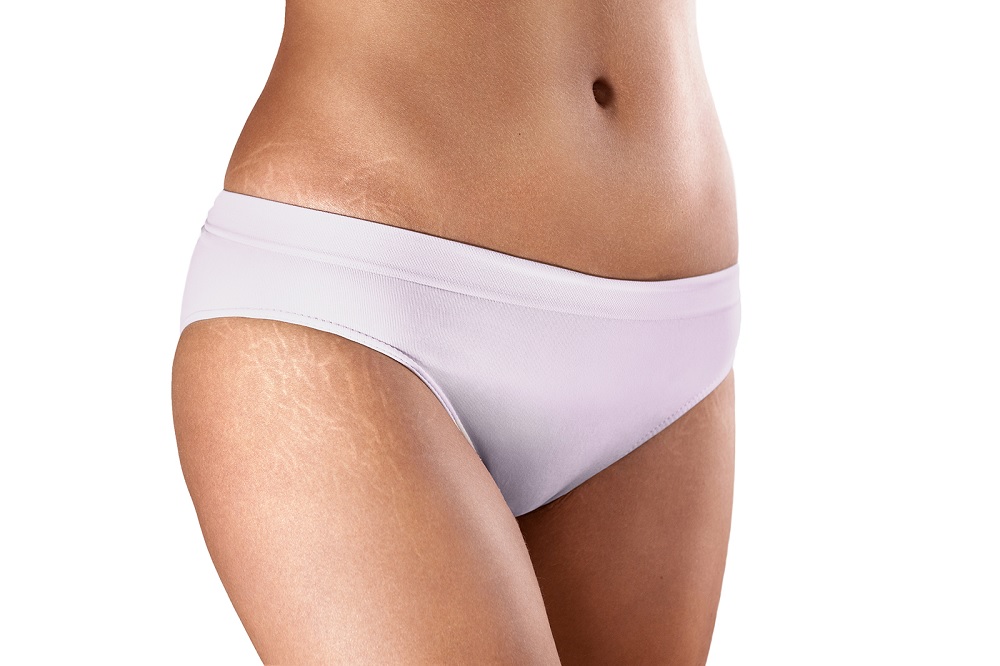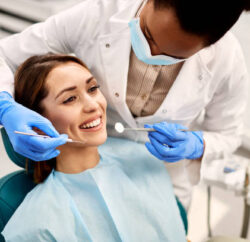The minimally invasive nature of the Bikini hip replacement procedure has contributed to its rising popularity. However, the post-operative experience depends on more than the surgical method.
Here are some methods and advice to help you get back on your feet quickly following anterior bikini total hip replacement.
Preparedness for Surgery
The road to a speedy recovery begins well before surgery. A more physically fit patient recovers faster from surgical trauma. Your doctor may recommend light exercise to get your body ready for surgery.
Physical Therapy After Surgery
After coming out of anesthesia, patients typically begin physical rehabilitation quickly. Ankle motors, leg raises, and light stretches are possible workouts. The objective is to get the replacement joint moving and increase blood flow.
Adhering to your physiotherapist’s recommendations for physical therapy exercises is essential to rapid recovery.
Pain Management
In the initial few days, it is essential to manage pain to promote mobility effectively. Medications to alleviate your pain will most likely be prescribed by your doctor.
Consistent dosing and administration at the appropriate times will minimize any discomfort associated with physical therapy.
Proper Wound Treatment
Infections after surgery can be fatal, and that’s why cleanliness is paramount. Before you leave the hospital, you will be given comprehensive directions on how to treat your surgical incision.
Adhere to these precisely. However, you should see a doctor immediately if you see any signs of infection, including redness, ongoing discomfort, or discharge.
Right Nutrition
Recuperative eating: For your body to recover after anterior bikini total hip replacement requires a high intake of nutrients. Eating protein, fruits, and vegetables is as important as drinking enough water. A nutritionist can help you develop a diet plan to improve your healing process.
Keep Your Mental Health in Check
Thinking positively can make all the difference. Keep a positive outlook and mentally record any progress, no matter how slight.
Keeping track of progress made in rehabilitation and other milestones, such as walking a certain distance or going a whole day without pain medication, is helpful for many patients.
Keep An Eye for Potential Problems
Keep an eye out for symptoms of complications such as increased edema, acute discomfort, fever, or deep vein thrombosis, such as pain in the calves and a red appearance. Major impediments to the healing process can be avoided if detected early.
Ensure Regular Scheduled Check-Ins
Regular check-ins with your doctor are important evaluation milestones for full recovery after anterior bikini total hip replacement. If you skip these steps, you may miss problems that could impede your healing.
Gradually Resume Your Activities
It’s important to ease back into your routine even though you feel better daily. Failure may occur if you try to accomplish too much at once. Don’t rush back to physical activities like driving or going to work until your doctor gives you the green light.
Conclusion
The speed at which you recover from a bikini hip replacement depends on how well you prepare for the procedure and how strictly you adhere to the post-operative care instructions. Maintaining an exercise routine before surgery is crucial, as is participating in physical therapy and managing discomfort afterward.











